Hoopfellas Eurobasket 2017 Power Rankings
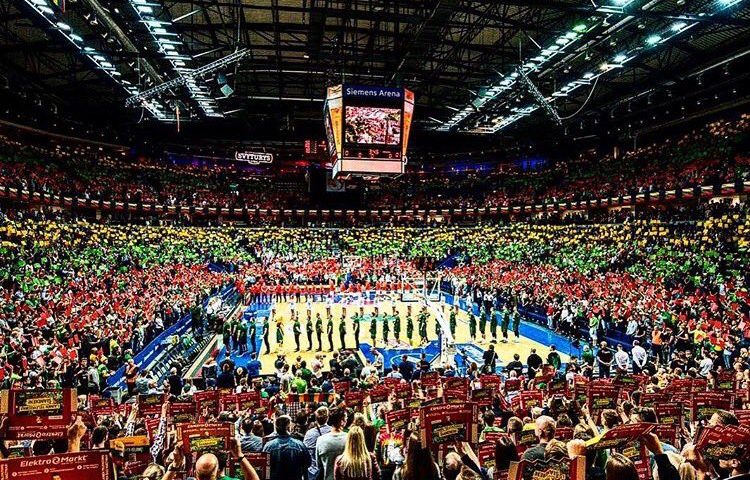
By Jim Katsionis on 28 August 2017
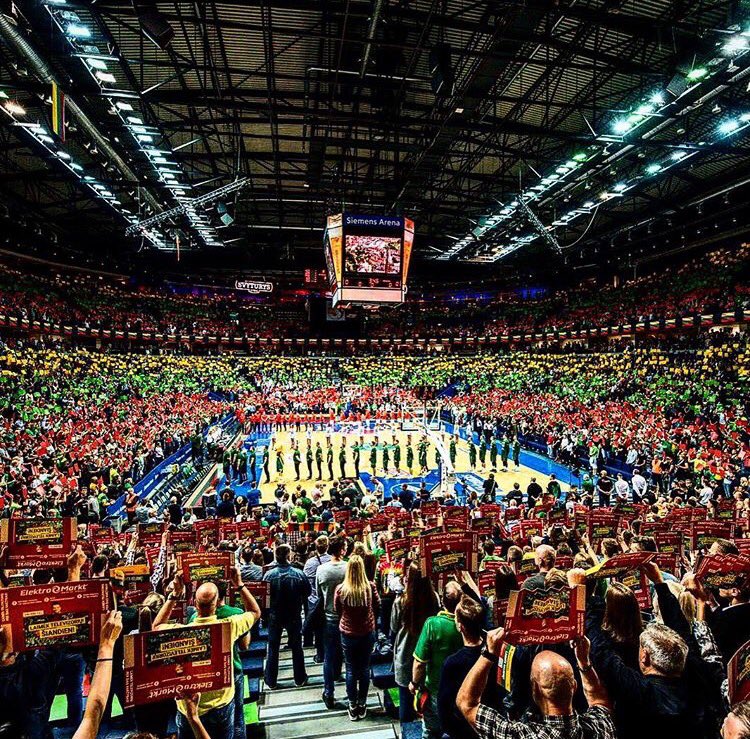
Who will stop the Spaniards? Who can hit them with a poisoned dart? Maybe West Europe (France) is up for it, or will it come from one of the traditional powers of the East? Hoopfellas opens the curtain a few days before the start of the tournament with our traditional Power Rankings…
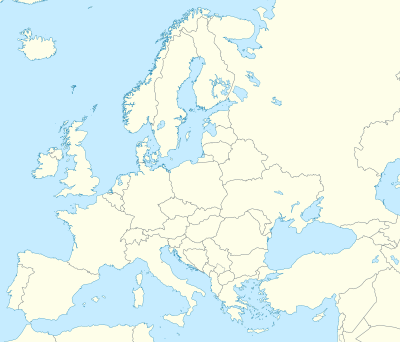
So, everything is ready for the 2017 Eurobasket, hosted by Romania, Finland, Israel and Turkey from August 31 until September 17, and the 24 gladiators are placed in their positions, as tradition has it, in our Power Rankings. As i said in our chat, the preparation period is always interesting, as it allows you to follow the coaches as they work in other paces and with a different point of view, trying to pass as deep as they can (within this short period) their philosophy in the environment of their teams. So, this is the Hoopfellas Eurobasket 2017 Power Ranking, a few days before the start. Let’s go…
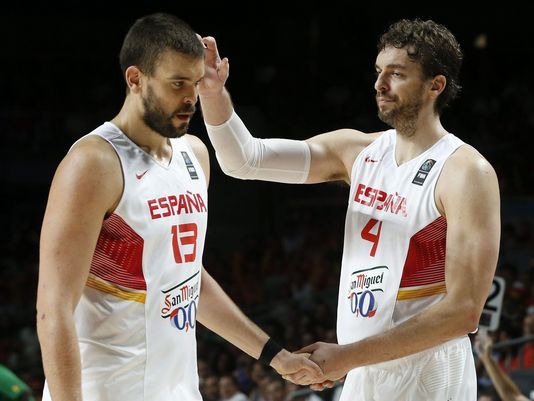
- SPAIN:This looks like a tournament tailored to their measures, as the high level of quality, coherence and the winning culture in the games without a tomorrow are there. Coach Scariolo is looking for the right combination in his starting lineup, after Llull’s injury, and it seems that he has concluded to the duo of San Emeterio-Juan Hernangomez, instead of Abrinez-Sastre. With the Nuggets forward at the “3” position, the Spaniards are better in terms of size and athleticism, and their half court defense is getting better, and it will create several problems to teams (keep that I mind for when things get tough). The Gasol duo gives them a significant edge over any other opponent (the way they adjust their passing-post-skills, changing roles in set situations is one of a kind), and they have the luxury of bringing Willy Hernangomez behind them. I repeat that their defense will be the key factor in how deep they will go in the tournament. The pole position is theirs.
- SERBIA: Under perfect conditions, where every team would be complete in this tournament, my money for the gold medal would be on the Serbians. There’s just this feeling of maturity in Sale’s team, as there are several great players absent. The picture of the team in the friendly games is an example of the great work done in the past few years, with the players that are now beginning on the team, as well as the ones seeing their role increase, and handle it great, immediately absorbing what the coaching staff is asking them. The Serbians will put more pressure and be more aggressive on the defensive end (they will have to, as they are missing the duo of Teodosic-Radulica) in this tournament, keeping the principles of cooperation and altruism on offense. Bogdanovic is their leader and their main playmaker; Serbia may not have elite talent (their players, as units, do not stand out from the other 8-9 teams that will fight for the medals, with the exception of Spain), but they are the team with the highest ranking in terms of chemistry and correct role distribution. I would like to see Nedovic in the final 12, even if this means that they will have to “sacrifice” a great role player. The Unicaja guard can “sting” like no one else, except Bogdanovic, in this team, an important asset in one-breath games.
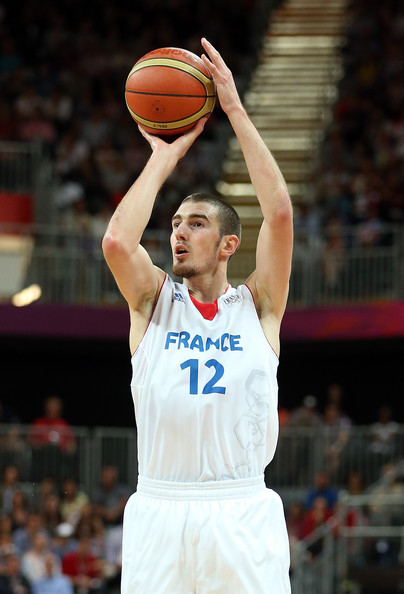
- FRANCE: Despite the many important absences, the French have the roster with the biggest star quality, after the Spanish, in the tournament. Coach Collet has a team with less ego, and with it the chance to give roles to players that were left deep in the bench or did not make the final cut. His main problem is the recent injuries (Diot, Seraphin, Tillie) and the uncertainty of the condition of some players. When they get rolling on offense, they are really unstoppable (De Colo, Fournier, Heurtel). Lauvergne is having a good stint (there is the sense in France that he will become the “Hercules” of the Spain World Cup again) and the safety called Diaw is always there. Edwin Jackson and Alex Toupane have important roles to play coming off the bench. The concerns of what this pretty good team may accomplish are related to their emotional intelligence. They do not always “deliver” under pressure, and when the switch is turned off, they become agitated and find it very difficult to come back, something that plays a major role in big games. In the friendly games there were periods where they were simply delightful. They are still among the favorites to get to the semifinals and get for a medal.
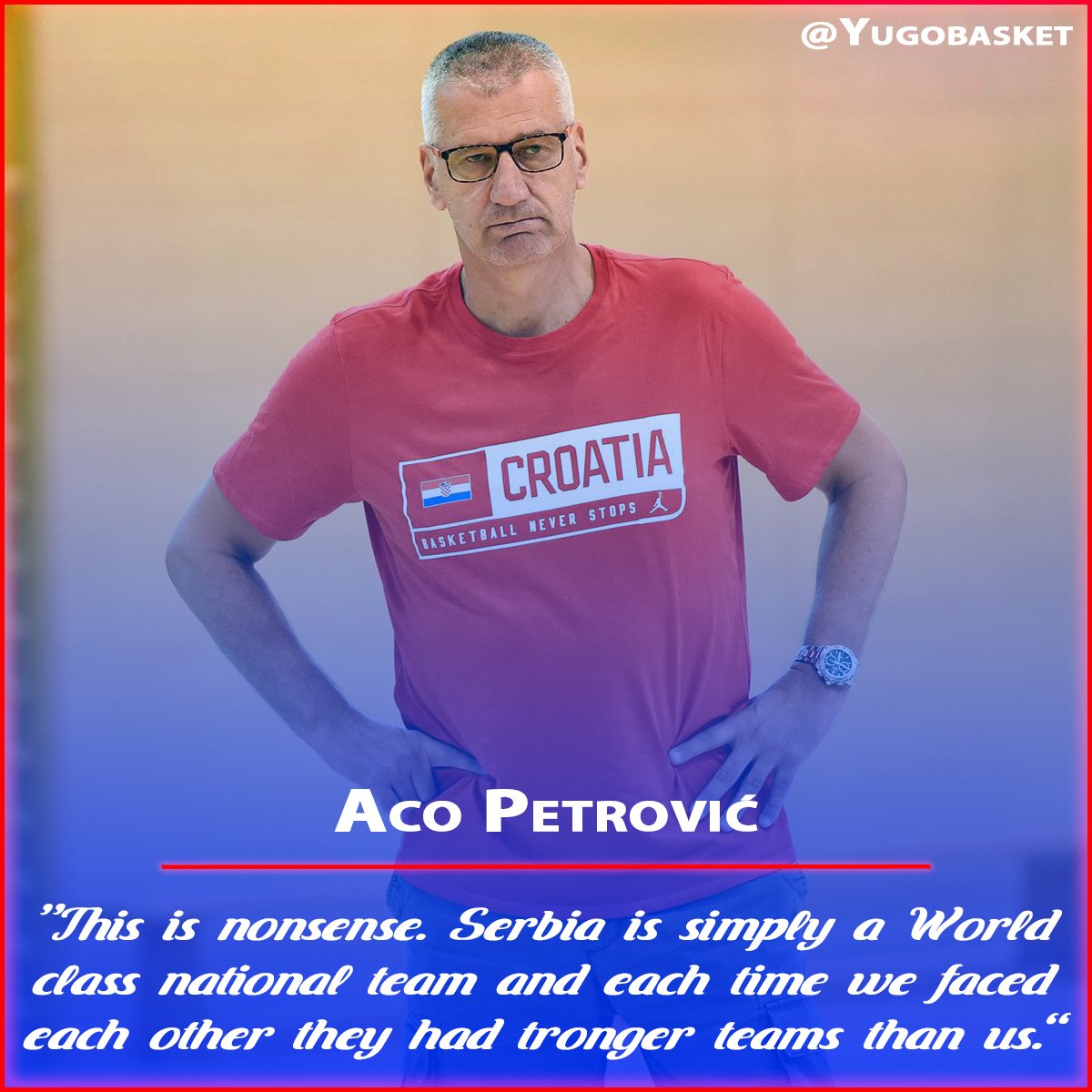
- CROATIA:The Croatian team is good. Yes, it’s the same Croatians of Alexander Petrovic… They are lacking depth as a team, which makes their roster more versatile and easy to read in distributing the roles for the coach. The fact that the team is getting better is also significant (in terms of communication codes developed within this specific group of people), and their stars have the required skillset for FIBA Basketball. The inside-outside/ballet dancer-gangster game of Bogdanovic and Saric, garnished with the killer instinct of Simon, adds up to a very good combination of skills, which may be the decisive factor in closed games, where the opposing side is the second enemy of the boys is red, and the ghost of Hrvatska mentality is the first one… Aco is giving a role to Dominic Mavra in the backcourt (a product of Zagreb, formerly of Cibona, he played in Skopje last year, he signed with Juventut), whose big body is a perfect fit for the big guards the Croatians use, whereas it will be interesting to see how Bender may be a factor coming from the bench and being on the floor in the closing minutes. The Croatian team has firepower on their offense and it can kill you from behind the arc, but their defense has its weaknesses. Let’s see how they will operate in this part… I have to repeat that they are an up-and-coming team, and this year the Serbian “demon” doesn’t look so scary. The coach himself commented on that when he was asked of their “inferiority complex” against their great opponents.
- LITHUANIA: Without the confidence of the FIBA tournament magician, Jonas Kazlauskas, at the bench, the Lithuanians try to overcome this short transitional period painlessly by working with the rising Dainius Adomaitis who is knowledgeable, has the right eye, and his background indicates a coach who wants to play the game on a proper basis but he is definitely not tested at this level. The difficulty in adapting to the new situation was increased by the simultaneous absence of Yankunas-Sabonis that ushered Motiejunas’ (he lacks character) upgrade as Valanciunas’ main partner in the traditionally strong frontline of the Lithuanian team. The Lithuanian defense had its ups and downs throughout the friendly matches although it’s also true that the coach experimented quite a bit. “Lietuva” has the tools to be competitive no matter what. A dominant big guy (Valanciunas finished the friendly matches with 13.5 points and 9.3 rebounds, double-double is a piece of cake for him), a PG who spends his summers wearing the efficient leader’s mask (7.8 assists for 1.6 turnover for Kalnietis, a typical mutation example in FIBA basketball) as well as sharpshooters such as Gecevicius and Milaknis. Adomaitis is using Gudaitis from the bench for both big guys’ positions and named the smaller formation, with the simultaneous use of Maciulis-Kuzminskas at the forwardfositions, his safe choice. The Knicks player will be an important unit for the Lithuanians in the tournament (you will soon know why). The northern European contenders still have more than a few mishaps in their game (pretty shallow at the “1” position, Lecavicius’ injury was a blow) but they also possess traditional weapons outside the game itself (strong rebounding, low mistake basketball), the most important of which are the devotion to all things surrounding the term “National basketball team”, the fighting spirit and the winning culture in matches that make the difference between success and failure. I’m really looking forward to seeing them..
- LATVIA: They currently have the background to become “the team of the tournament”. Anyone who had the chance to watch them during the friendly games and decode their assets will probably agree. The “aggressive” offensive character of the players is in harmony with the philosophy of Bagatskis, who has created a group with intrinsic productive talent and athleticism with its heavy artillery in the backcourt around the main axis called Porzingis. Davis and Dairius Bertans, together with Strelnieks, guarantee spaces while Timma, Smits and Meyers are the armor of the Knicks star. The Latvians can run, as well as deliver in the half court; however, the real question lies in the lack of experience in the big games at this level. Group D looks tailored to fit them on regard to their making it to the knock-out phase but, honestly, what will their behavior be in a strong match up in the “16”?
- SLOVENIA:One of the most interesting teams of the tournament. Kokoskov is trying to instill the west American game to the National team of Slovenia by playing quick basketball with a guard-based team. I can’t get out of my mind that the 3-Point Guard Lineup he is using with Dragic-Prepelic-Doncic has its roots in the Suns experiment (during a period that Kokoskov had left after a long time in Phoenix no less) when Hornacek combined the Slovenian PG with Bledsoe and Thomas in the same lineup. Doncic keeps on doing inconceivable things in FIBA basketball as well.. Dragic’s shooting from behind the line (6/34 in a series of friendly matches) is a source of significant trouble for the Serbian coach who plays Small with Muric at the “4” position next to Vidmar. High level of adaptability from Anthony Randolph (coming off the bench as the first player to enter the game) who has the whole package to be the key of the Slovenian attempt to step up to the next level in the tournament. I like them…
- TURKEY: Sarica is a coach with interesting ideas about the FIBA basketball. Throughout the friendly matches he has been trying to bring the team in line with him on the basis of a very specific game style that I will be watching closely. The Turkish coach (the architect of the defense in the Ataman era) is launching a futuristic smallball playing with 4 guards and big body in “5” aiming at apread out/offensive defenses and lower post iso situations for Erden. We saw plenty of Koksal at the “4” position (he sometimes plays Big with Ersek) next to Osman (in pretty good shape), pressure on the ball, and we came to understand how important it is at this level to be able to bring from the bench shooters such as Korkmaz and Mahmutoglu. Home will push them forward yet the ups and downs in their performance are many. Turkey will be seeking to impose its own pace, capitalizing on the simultaneous presence of Dixon- Guler in the lineup and the explosive periods that its pressing defense can produce, which, however, is not yet as well constructed in order to be an everyday constant.
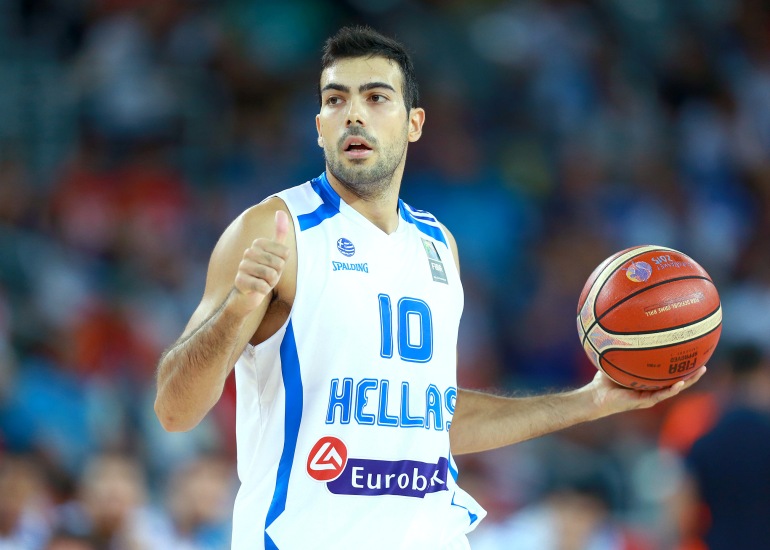
–GREECE: Our country is in No.8 together with the Turks. We start off humbly, knowing our problems, and hoping that we get going in the tournament as the games move on. We went into this in extent in the previous article. A realistic look at the mirror brings us face to face with plenty of weaknesses (lack of coherence, lack of firepower behind the arc, speed in the depth of the defensive rotations and as they develop when our defense is in this process), but I think that we should also take a look at our good assets and rely on them at the beginning of the tournament. The team needs it the way things are right now. So, the same look at the mirror shows that we also have one of the deepest and highest quality rosters in the tournament. There’s this thing that’s called individual quality and, to make things simple for you, I urge you to take a look at the respective Serbian roster, always in terms of the individual status of the players. What really matters, of course, is how we operate “together”… In the previous post, we focused on our defensive weaknesses because our basketball school has made us demanding defense-wise. We have defensive-minded players and we can gradually improve on our performance by trying our best, so that our defensive ranking takes us higher than the other teams. What troubles me is our attitude in rebounds. We won’t get far unless we improve on that first. Sloukas and Papanikolaou (in good shape) along with our scorers, Printezis and Pappas, are our greatest hopes to reach as close as possible to the much-desired “good, balanced game” we are so desperately looking for. The playmaking of Fener’s guard and the intangibles of the three players of the “eternals” are the reference points of this team. Our job is anything but easy, starting from qualifying to the next round that is taken for granted by most. Mostly due to the fact that we can’t control through our defense opponents who appear to have less quality on paper. The predictions aren’t very optimistic at this first stage. But in tournaments with consecutive matches this can change. Provided that you will get (through a good period or a good game) a reference point that will put you on the “Cinderella” chariot (even if for Greece this term isn’t that common) of these tournaments at the end of the road..
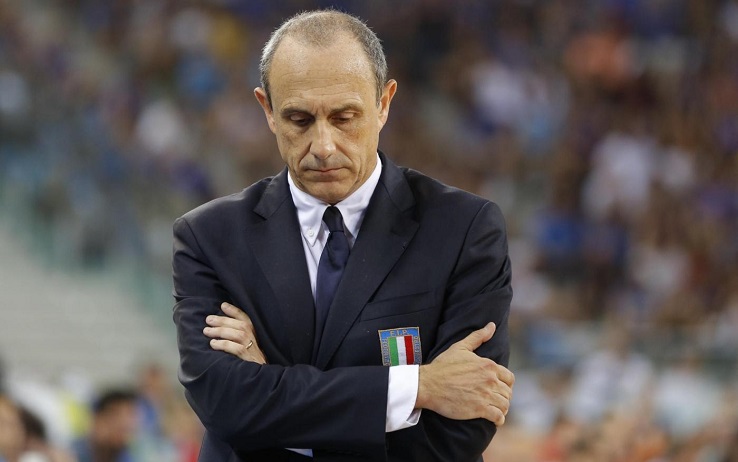
- ITALY: The hopes of the Italians for a great achievement in this Eurobasket were shattered together with the hand of Danilo Gallinari, who left his team “orphaned” from a true star at this level. Mesina was furious at “Gallo” (he was injured when he punched an opponent at a friendly match against Holland) since he counted on him for a chance at personal redemption after the shipwreck at the pre-Olympic tournament last year in Turin. The “professor” has focused on the defensive part aiming at building his team for a TOP-5 defense in the tournament. The second pillar of his philosophy is good ball movement, an area he is constantly working on and now that he’s left without Gallinari, things look ominous for the “Azzuri” in half-court. At the same time, he has green-lighted outside execution for his shooters as long as they have patience to find the best possible conditions. Watching almost all the friendly matches of the Italians, I would grade the players’ degree of responsiveness and assimilation to what the coach wants with a 7/10. Let’s not kid ourselves… What the Italian team has been lacking in recent years is fighting spirit. We constantly watch teams who are soft compared to the successful teams of a past not so long ago. I’d love to see them succeed by getting better in the tournament but what we ‘ve seen so far isn’t very encouraging.
- GEORGIA:With Zaza Pachulia available, Georgia enters the Eurobasket to make some noise. It’s more than obvious that under coach Zouros, the Georgians have upgraded their defensive behavior which helps them be competitive and able to win matches in evenings where their efficient shooting behind the arc. That’s a very important element, a barometer of their total performance in the upcoming tournament. Their front line is their firepower (Shengelia, Shermadini, Pachulia) while their attempt to share the ball on offense and play with more patience is remarkable. The picture of the team in the friendly matches was really encouraging, however, we shouldn’t be fooled as they’re going to have a difficult task in the very open Group D..
- RUSSIA:I admit that I’m no fan of coach Bazarevich. Since they have the raw material, the Russians could produce a good outcome with a differently oriented basketball (more focus on defense). Strong “5” with Mozgov, versatile athleticforwards (Voroncevic-Kurbanov) , 1 on 1 (Shved), an elite shooter (Fridzon). They aren’t clearly oriented as of now and they don’t play “together”. They will destroy the team that will allow their offense to play their game, but a well-prepared defense may intensely blur their vision as they haven’t created communication codes and safety routes to finish closed games.
- ISRAEL: Edelstein has found a reference point in the paint with Richard Howell, and fighting spirit, who will cover the permanent hole at the “5” position for Israel; however, his team still needs work. Casspi’s presence is important (he has a significant share on plamaking) but Israel lacks freshness. The core of veterans (Eliyahu, Ohayon, Mekel, Halperin, Pnini) will be there as will be the home crowd of Tel Aviv, which may play its part at the first stage regarding their qualification from a closed group. Israel lacks quality, a disadvantage that they will once again try to match up with their fighting nature. Their mission is tough.
- POLAND:We ‘ve talked about coach Mike Taylor before (known from his days in Ulm and the Maine Red Claws). I thinks he’s doing a good job with the tools he has to work with… Without Gortat, Miller has put the Gonzaga battleship, Premyslaw Karnowski, at “5”, starting the duo of Ponitka-Waczynski on the wings and with AJ Slaughter coming from the bench in a combo role playing either at the “1” position (not a very functional thought) or at the “2” position next to Koszarek who is in a good enough shape. The Poles are a pretty strong team in rebounding, and it’s obvious that they have made progress in their defensive coherence despite their lack of talent. Caution… I have nothing else to say…
- MONTENEGRO:The great Bogdan Tanjevic is unable to find the connection line between the guards and his post big men, which results in Montenegro’s offensive problem with long blank periods on offense during the friendly matches. Rice’s presence so far is part of the problem as his game (especially when he’s overdribbling) seems to confuse his teammates. Balance is an unknown word. It’s a shame because the pair Vucevic-Dubljevic could show some great things at this level…
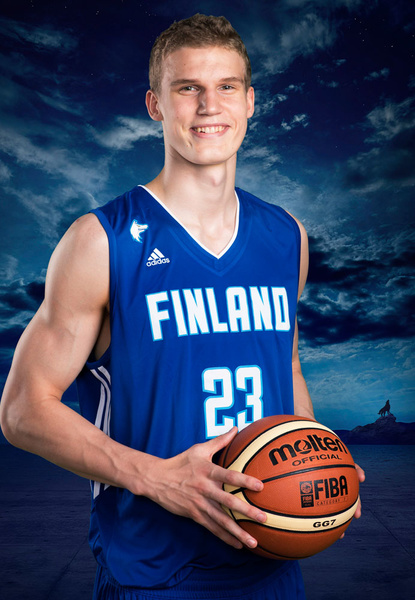
- FINLAND:What we saw from Dettmann’s team during the friendly matches ranged from lower than expected to poor. Agreed… However, I believe that with Koponen now in the team (he joined at the end of the friendly matches after recovering from his injuries) the Finns will gradually start playing better and chances for them to show a different side of their game in the tournament are good. At this stage, their greatest problem is in the backcourt where they are characteristically incapable of giving defensive stops.With Barcelona’s guard in the roster, they are a different team, more “aggressive” and more dangerous as his presence fills his teammates with confidence. Lauri Markannen (No7 of the draft from the Wolves, moved to Chicago) will attract attention in this tournament with his combination of size and ability to shoot from behind the arc (no doubt among the players to watch). The Salin, Wilson, Murphy, Huff, Rannikko core will be there, together with the devoted fans of the team. Dettmann is experienced at this level and will target specific matches. If Koponen is creatively productive and makes a good pair with Markkanen, the poor picture of the friendly games may soon belong to the past and the Finns may be competitive in the qualification game.
- GERMANY:To be honest, I expected more from coach Fleming. Definitely not a Dennis Schroeder one man show in the offense of “Nationalmannschaft”. The material of the Germans isn’t bad. Danilo Barthel (Sale’s pick for the upcoming season in Monaco) seems able to cover for Kleber’s absence, Teis-Voightmann are there and so are Benzing and Lo. The Germans will present us with a new team with young players. I expect them to get caught in closed games that will determine their luck in the open group they participate.
- BELGIUM:Belgium had two amazing nights beating Spain (the unlucky game for Llull) and Italy by twenty points, but without Hervelle in the court they seem to be losing their reference point on both sides of the court. Bilbao’s veteran forward is the Belgians’ general both on defense and offense (his playmaking is their main characteristic) and with Lojeski’s absence, he will have a lot of work to do in this tournament.Eddy Casteels plays a lot with Baylor’s Emmanuel Lecomte at the “1” position hoping that the talented PG will become Van Rossom’s successor. The Belgians will have a tough mission in Group D even though their team likes surprises. Their key match will be the one against the Russians…
- CZECH REPUBLIC:Without their cornerstone in the defensive part (Vessely) and the exuberant game of Shilb, the Czech Republic definitely loses a great part of its power. Ginzburg has built his team around Satoransky hoping that his group will show more good defensive periods compared to the friendly matches where their backcourt problem was obvious. The Czechs played better in Maribor, however, they are lacking solutions both in general and on offense and this will probably cost them. They are lucky to participate in an easy group (Hungary, Romania) which gives them real hopes for qualifying.
- HUNGARY:The Hungarians have a pretty weak offense and the presence of their big star, Adam Hanga, cannot upgrade them enough for this level. It’s a “blessing” that they participate in the same group with Romania (of course, maybe the same goes for the Romanians…), which automatically gives them hopes for qualification (the Czechs are superior but definitely not an insurmountable obstacle). Rosco Allen and David Vojvoda (G/F, Szolnok’s shooter) will do all the hard work.
- ICELAND: MartinΗernannsson (1.90-G), born in 1994, had an amazing season in Charleville of Northern France andProB receiving the call and the contract from ProA where he will be playing the upcoming season with the Chalon-Reims colors. A Fun to Watch guard, talented in both creation and execution, he will be the main weapon of the Icelanders in this tournament. Next to him, add the giant Tryggvi Hlinason, who was a huge success in the recent European U20 (a very strong young player, he finishes without lowering the hands around the paint) by attracting the eyes of several scouters and you already have two good reasons to watch the Icelanders’ game…
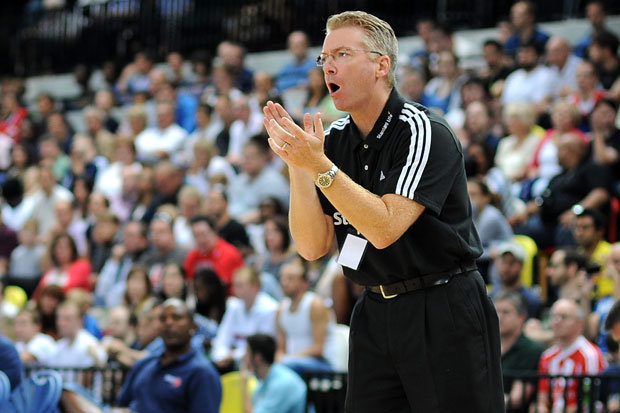
– GREAT BRITAIN: The team of ex Spur and former Bucks coach Joe Prunty wasn’t that bad during the friendly games showing fighting spirit in many occasions, but they still lack experience and perception. Everything else aside, they are also in a difficult group. In recent years, the Bucks assistant has been trying to build a core and although he has made some progress, he still has a lot of work to do. Olaseni and Clark will be their firepower in the paint. If they manage to be competitive, it will be very important (in terms of a psychological boost) for the work they have been doing and the future of the project that has started in the island.
- UKRAINE:Do you remember the American style Fratello’s team? No relation to it… The Ukrainians are very limited in their offense and with a reference point only at the “5” position (Kractsov, Pustovyi) they will find it difficult to show something good in the tournament. To be honest, they were maybe the most disappointing team of all during the friendly games.
- ROMANIA:The weakest team of the tournament. They are lacking fundamental principles when trying to defend their basket. You watched it in Patra against our national team… Vlad Moldoveanu (he will be playing in Buyukcekmece in the new season) is the best they have to show.
When travelling in the European north and with the Greek figure as his reference point, Kazantzakis wrote..
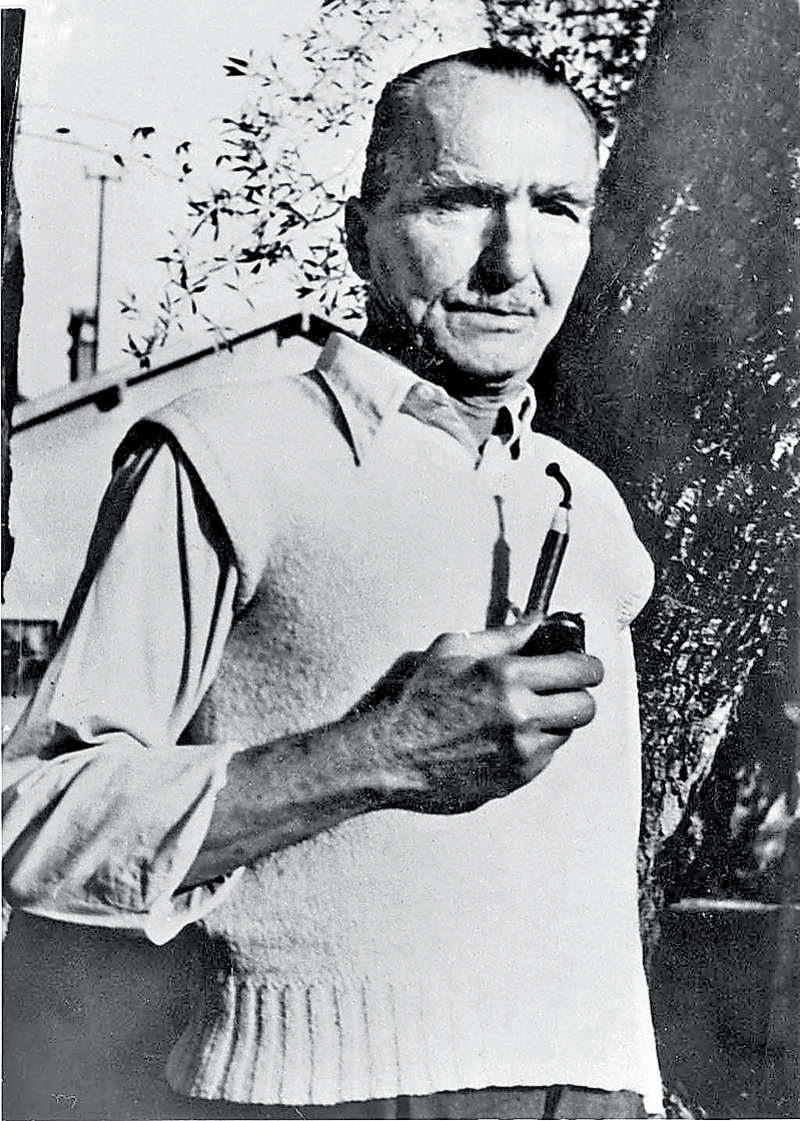
“Sometimes I contemplate that we who come from the Eastern harbours, the highly tortured, worn-out harbours whose air has been, thousands of years now, satiated with longing, we are like shrewd old men who go to the innocent and barbaric adolescent north and our eye is always greedy and voracious, but slightly tired and mocking, as if it knew everything. Old no matter what they do, these races of the East, heavy memories, dating centuries ago, and in the least important Eastern child there grimaces a life that goes beyond the short-lived experience of the individual and spreads all over the memory of the race”.
This is what I want to see from our team in this tournament…
Translated by: George-Orestis Zoumpos


